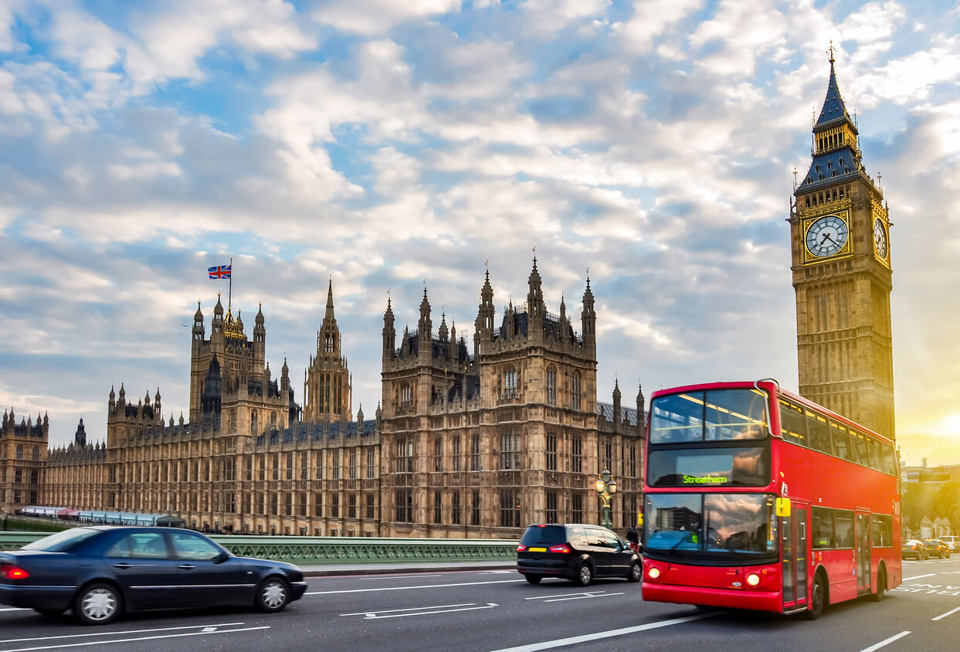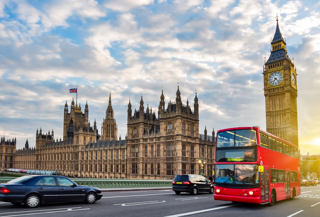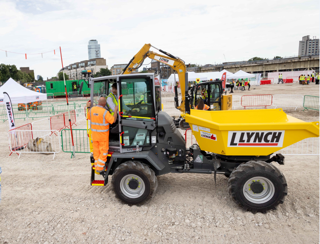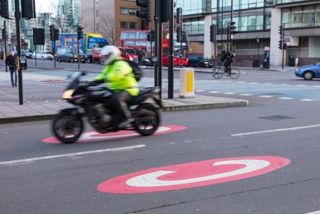Initiatives to shrink London’s road network and invest in public transport risk stunting economic growth in the capital if businesses and their fleets can’t operate effectively.
This warning comes from the Road Haulage Association (RHA), which believes that London’s policymakers must consider all types of road users when implementing the mayor’s Transport Plan.
Speaking at a policy forum in Westminster last week, Mike Brown, commissioner at Transport for London (TfL), said: “London has the highest population that it has ever had and it is forecast to grow to 10 million by 2040.
“Therefore, we will increasingly have to look at new ways to help our city function.
“We need to invest in new and improved services to support this growth in population and innovate to find new ways to deliver them.”
The organisation is making significant investment to increase capacity in the existing tube network and in other rail projects, but has also outlined a £2.2 billion Healthy Streets project which will include reallocating road space to pedestrians and cyclists.
Oxford Street will be the first road to be pedestrianised in what Brown called “an opportunity to reshape London and make sure it grows in a way that improves the quality of life for everyone”.
Duncan Buchanan, policy director at the RHA told forum delegates: “Roads exist to link people to people, link people to business and to link businesses to other businesses. The roads have to meet all of our needs whether it’s cars, vans, lorries, cycles, pedestrians.
“To do this we need a road network of sufficient quality and space that allows access for all the people that need to use it.”
Matthew Pencharz, urban sustainability consultant and former deputy mayor of London for environment and energy, added: “What is going on in London is congestion is going up despite the fact that car usage has gone down.
“We can’t realistically expect this increasing number of people to be in the city without there being more road reallocation, but we still need a lot of vehicles coming in to create the development.
“The city authorities need to look at congestion management very carefully and make more rational decisions about how to move these goods around more quickly.”
TfL doesn’t currently have any way of funding London’s road network, having lost its annual £700m cash injection from the Government.
“We are in the ridiculous situation now where those buying a ticket to travel on the tube are cross-subsidising the maintenance of the strategic road network in London, because I have no other income by which to fund it,” said Brown.
“That, from any transport economic perspective, is clearly insane and we’ll continue to make the case to the Treasury and the Government more broadly,” he added.
The mayor’s Transport Strategy promises a 10-15% reduction in congestion in London by 2041, despite the projected population uplift of more than two million.
“That’s a profound decrease in vehicular traffic,” said Pencharz.
He explained that the Ultra-Low Emissions Zone (ULEZ), which charges older, more polluting vehicles to enter parts of the city, will eventually incentivise more operators to switch to low pollution or zero emission vehicles.
But, combined with the overall reduction in vehicle numbers, Pencharz raised fears that the revenue loss will leave significant black hole “to the tune of £9-23bn” with road charging providing the only viable long-term solution.
However, mayor of London Sadiq Kahn and Mike Brown told the London Assembly, in March (Fleet News, March 22), that road-user charging, which takes account of emissions and miles driven, will not be introduced any time soon.
Instead the pair will focus on developing the technology for the ULEZ.




















Login to comment
Comments
No comments have been made yet.